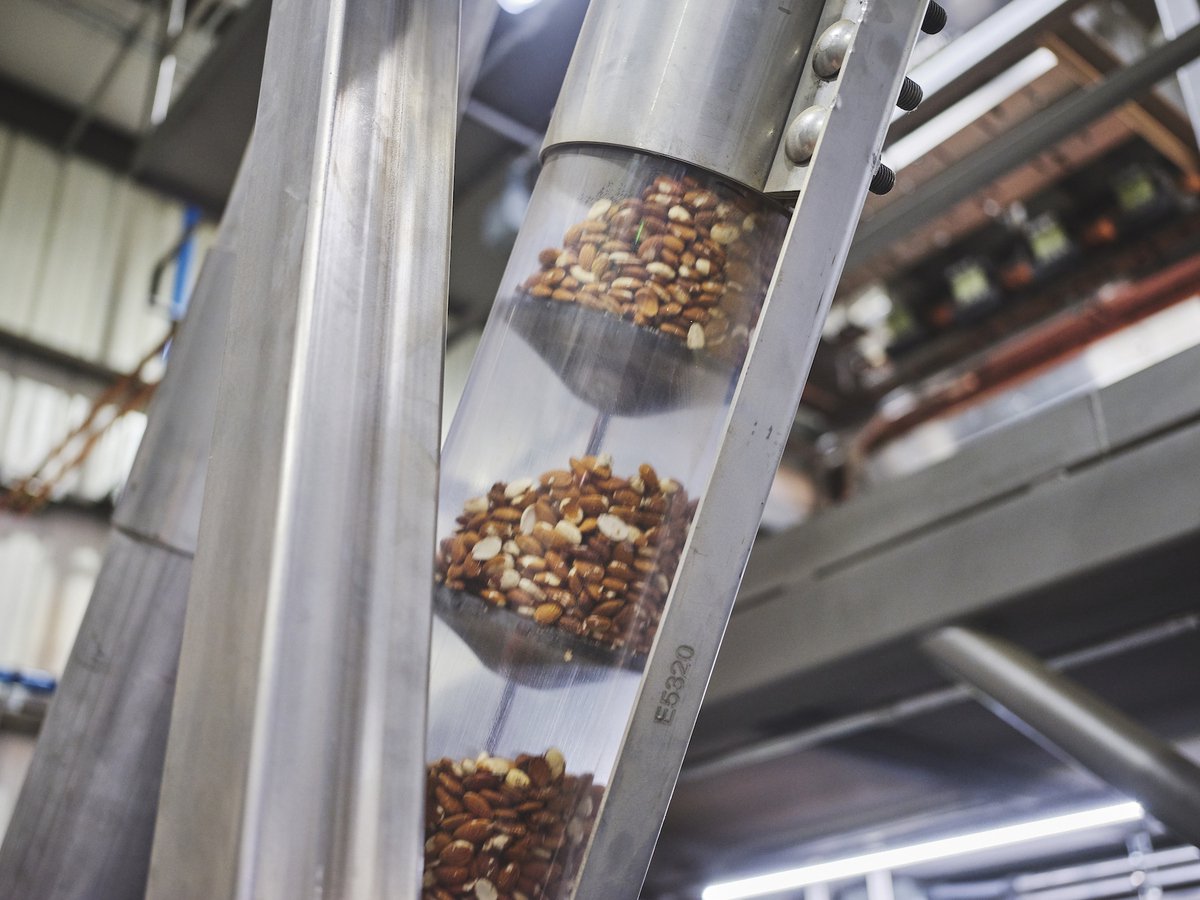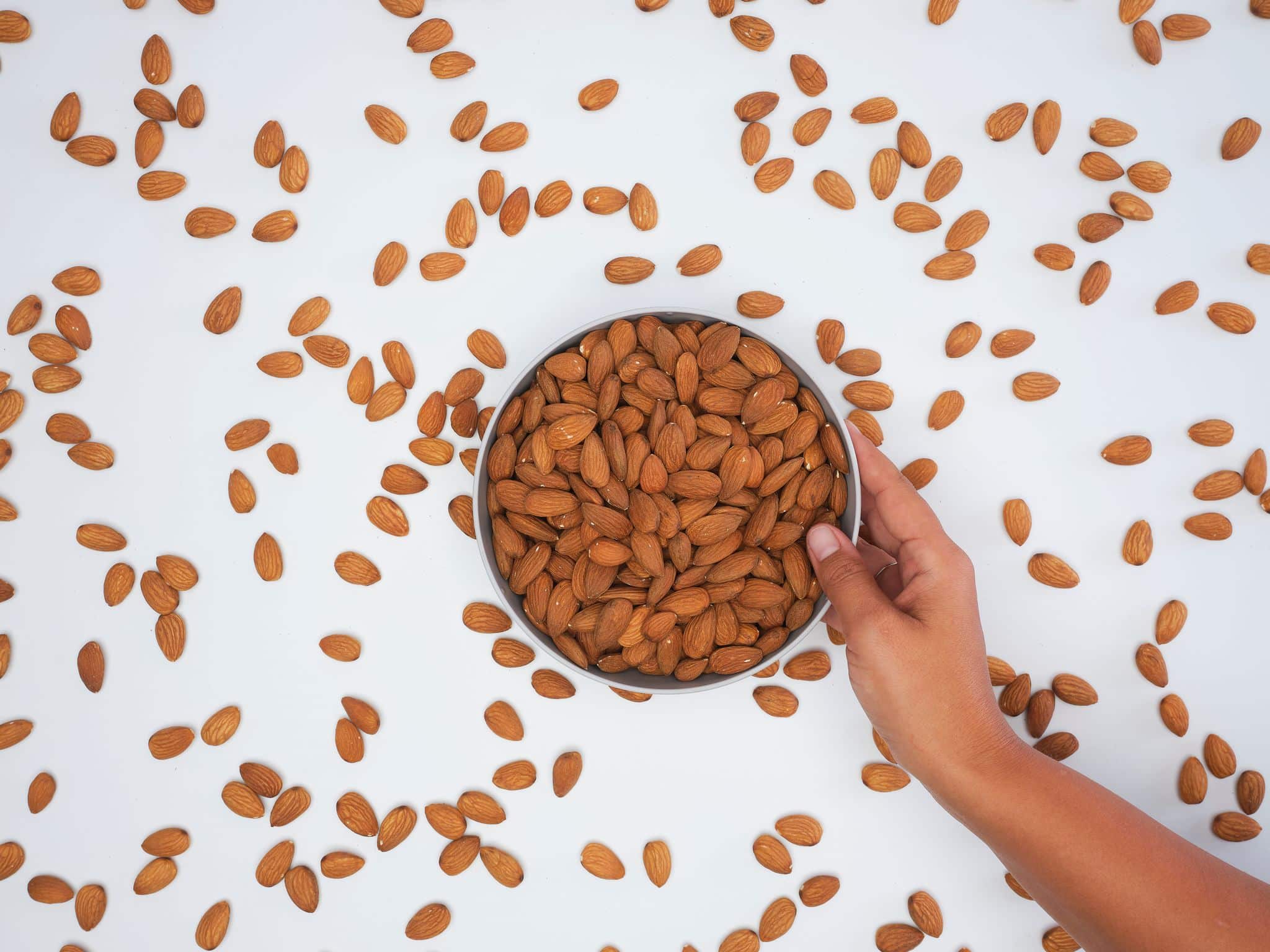










July 2023 Update


Hear from HWA’s CEO, Justin Morehead, on the impacts of the NASS Almond Objective Measurement and the current state of the California almond industry.
Dear HWA Growers,
As I begin this letter, let me just acknowledge what every almond grower in California is feeling: it’s no fun growing almonds right now. The challenges have come in many forms including low prices, high input costs and an unreliable water supply. At current price levels, almost all growers are operating at a level below their cost of production.
When we’re going through a difficult time, it’s human nature to look for a light at the end of the tunnel. I think we were all hoping that last week’s objective report would be that proverbial light. Given the poor weather for bloom earlier this year, growers were anticipating a crop in the 2.2 billion to 2.4 billion pound range. So for almond growers, the announcement of a 2.6 billion-pound estimated crop was, to say the least, disappointing. This report will likely put some downward pressure on pricing in the near term.
So where do we go from here? In moments like this, I think it’s important to look at the long view and remember why we originally invested in this commodity.
Supply: Even after decades of growing global consumption, almonds are still only grown in a handful of places around the world. With its unique Mediterranean climate, California’s Central Valley still produces almost 80% of the world’s almonds. Australia and Spain represent the vast majority of the remaining production and, like California, are dealing with challenges in their long-term water supplies which will constrain future growth.
Demand: By 2050, the world’s population is expected to increase by nearly 2 billion people from a current 8 billion to 9.7 billion. Versatile shelf-stable proteins like almonds will remain in high demand to feed the growing population. India is a great example of how developing economies and a rising middle class can boost global almond consumption. In addition, consumers have increased their intake of plant-based protein based on taste, environmental impact and cultural fit.
In the long run, basic supply/demand economics suggest that almond prices should rise given constraints on global almond production and growing consumer demand for plant-based protein. But why don’t we see any shift in price right now? In a word, it’s the industry carryout. I see a few drivers of our challenges around carryout:
Global Economic Stagnation: Inflation and the war in Ukraine have had a dampening effect on food consumption. Western Europe, one of the almond industry’s key markets, has been particularly affected. According to the Organization for Economic Cooperation and Development, after adjusting for inflation and purchasing power, wages have declined 3% since 2019 in Germany, 3.5% in Italy and Spain, and 6% in Greece. This has had a dramatic effect on consumption of products such as almonds.
Effects of the COVID Supply Chain Disruption: While almonds are consumed year-round, there are a few holidays that spike demand. Celebrations of Diwali and Chinese New Year require product to be shipped to India and China within a defined time window to meet the holiday demand. Unfortunately, during COVID, supply chain disruptions limited our opportunity to meet that demand and the missed consumption was carried forward to future sales.
Nonperishable Nature of Almonds: Although this is generally seen as a positive to the almond industry, it also can create a “kick the can” mentality on sales decisions. This dynamic is only going to increase as concepts such as cold storage warehousing are being marketed to growers and processors as a solution to deferring sales even further into the next season. This deferred selling contributes towards a larger industry carryout.
It seems that we continue to look for a moment in time to change our pricing trajectory. Earlier in the year, it was a wet bloom period. And for a couple months, prices climbed. Unfortunately, that price momentum waned as ensuing commitments slipped. Then the objective estimate became the moment that would flip the switch. The 2.6 billion pounds estimate did not have that effect. And whether the objective is correct or not, this will be the information that the industry will operate with until we get sufficient receipts this fall to change any course.
While the global supply chain disruption is mostly in the past and we can’t affect the health of global economies, we do have some control of our carryout. Rather than wait for an event or report to change our destiny, we should work to actively sell and reduce the carryout. As the saying goes, “the cure for low prices is low prices.” It’s a long-term view where we take our medicine until we get our carryout back to a manageable level.
Buyers are looking at unsold total supply on whether they should be in the market. Until they feel there is a relative scarcity of goods, they have little reason to entertain price hikes. There will inevitably be future reports and events that will favor price increases. But without a shrunken carryout in the near term, it will take a lot more time to climb back to levels that make economic sense for growers. Said more simply, a little short term pricing pain may be our best bet for improved long-term pricing.
In closing, let me assure you that I recognize and understand the current economic pain of growing this long-term crop. Harris Woolf will continue to work on your behalf daily to obtain the best returns available for your crop. We’re also focused on positively influencing the industry for the long term whether that be with growers, buyers, the Almond Board of California or the Almond Alliance of California. We appreciate your partnership and look forward to a 2023 harvest.
Best,
Justin Morehead
CEO, Harris Woolf Almonds



